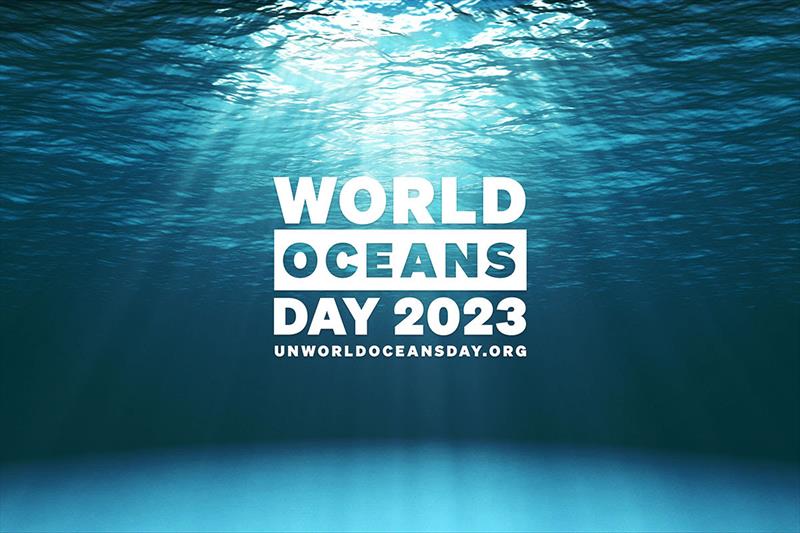
Capturing the ocean carbon dioxide signal
by Saildrone 8 Jun 2023 11:31 UTC

Capturing the ocean carbon dioxide signal © Saildrone
To date, societal emissions of climate-warming carbon dioxide (CO2) have risen year-on-year since the mid-1800s. Over this period, the ocean has absorbed about one third of the emitted CO2 pollution.
Now, we are at a global turning point, where much of society has agreed to take steps to avert the worst harms of global warming by drastically slowing—and eventually stopping—the addition of CO2 to the atmosphere. What methods do we have to check whether we are achieving this mission? And what role will the ocean play in future climate mitigation efforts?
Ocean observing, including technological advances in persistent ocean platforms like those provided by Saildrone, is at the heart of addressing these questions. To understand progress towards the goal of climate mitigation, oceanographers are seeking more accurate accounting of the ocean's CO2 uptake and storage. This task is critical for closing the global carbon budget—in which estimates of CO2 emissions are equal to the sum of atmosphere, ocean, and land carbon uptake.
So far, incomplete knowledge leads to uncertainties in ocean carbon uptake that are as large as the pledged emissions reductions over the next 10 years. In other words, we currently lack an observing system capable of verifying the global effort at emissions reductions. Even artificial intelligence applications seem to have "hit a wall" in narrowing regional uncertainties when trained with existing observations. We need more and better observations of the sea surface.
Our science teams have partnered with Saildrone engineers and pilots to advance ocean observing by making measurements in some of the most remote and challenging regions on Earth. From the first autonomous circumnavigation of Antarctica, to the very near-shore waters around Hawaii, to a wintertime multi-saildrone mission in the Gulf Stream, these partnerships are proving that autonomous surface vehicles can fill the most stubborn gaps in historical observing capabilities. We believe that a strategic, enhanced presence across more of the world ocean will allow us to better close the carbon budget and more accurately forecast the future role of the ocean in moderating climate change.
Recently, our quest to narrow the uncertainty on ocean carbon uptake started taking on an additional urgency. On top of the ocean's role as a natural CO2 sponge for humankind's pollution, there is growing interest in developing technologies to boost ocean carbon storage as a climate solution. In this context, it becomes even more critical to have a solid baseline knowledge of ocean carbon and a way to verify the success or failure of future efforts to scale-up ocean carbon storage. Saildrone USVs also provide a tool for the measurement, reporting, and verification (MRV) of ocean carbon dioxide capture pilot studies.
With deep engagement from the oceanographic community, and strong relationships with partner organizations like Saildrone, we can co-develop the ocean observing network needed to both verify climate mitigation efforts and see our collective future more clearly.